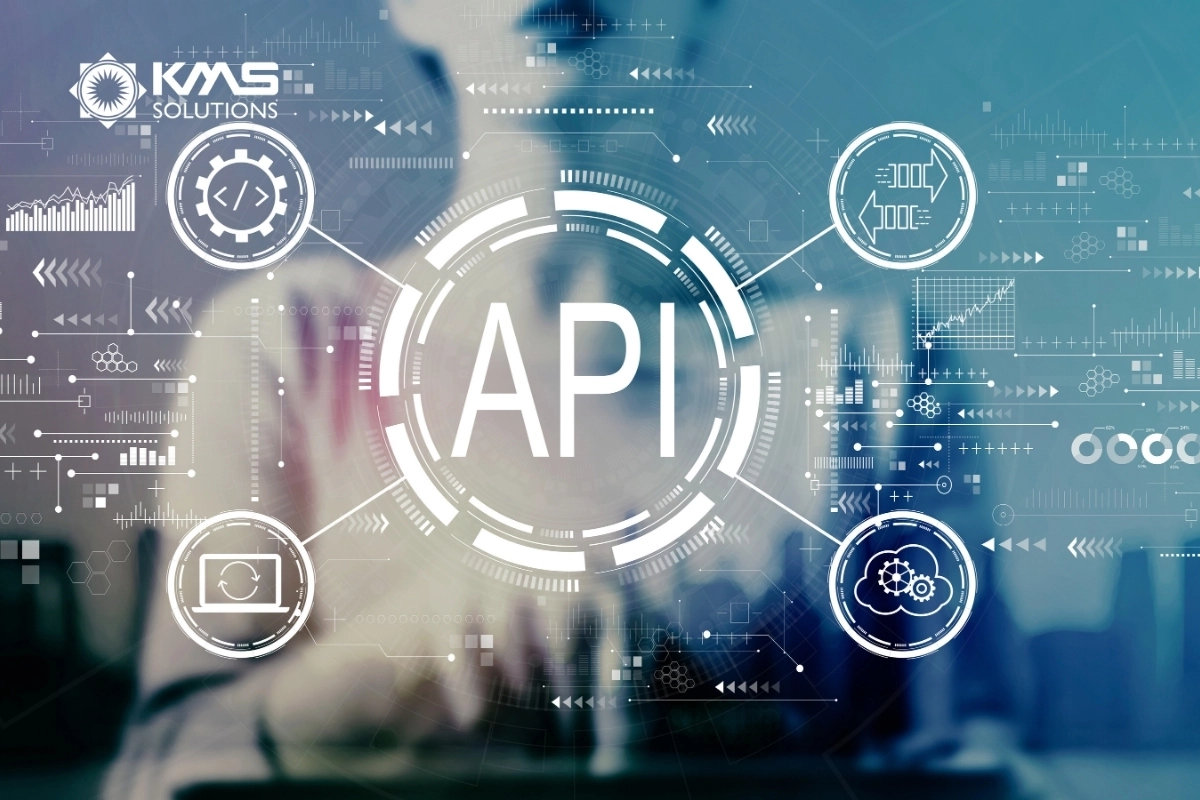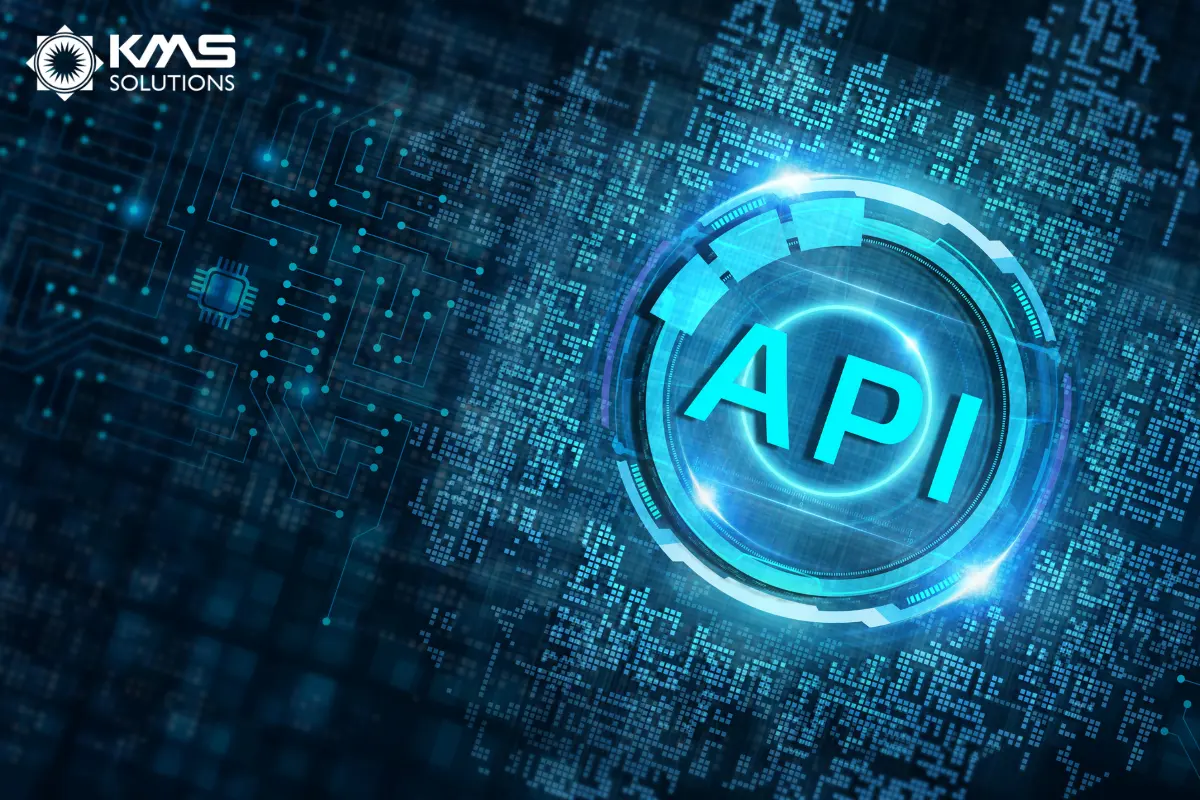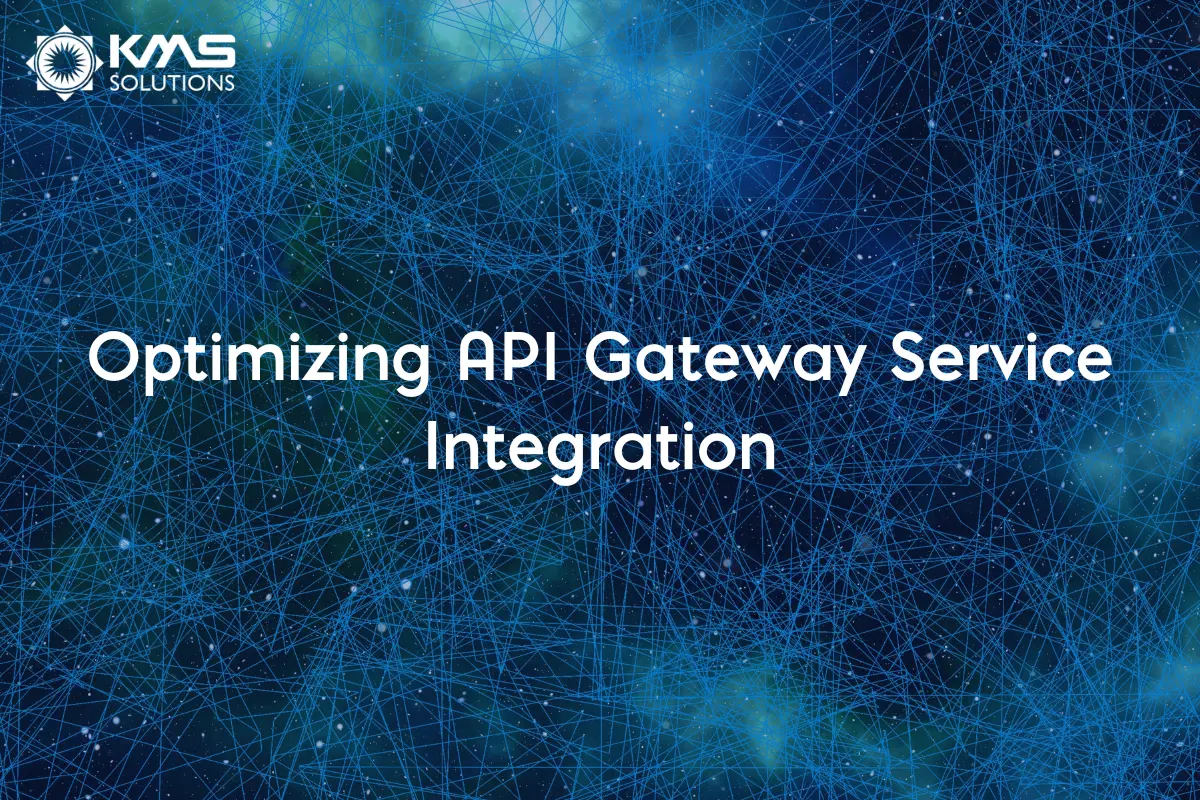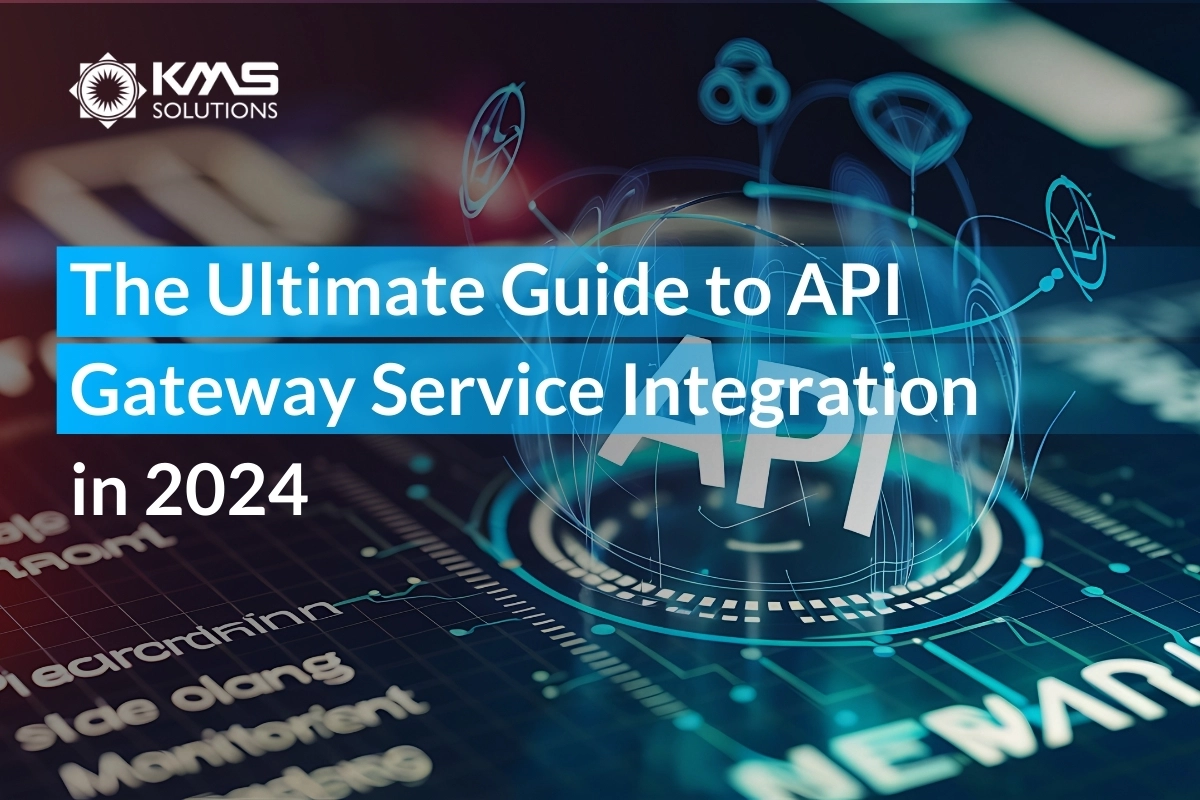As digital ecosystems grow more complex, the need for streamlined, secure, and scalable integration solutions becomes paramount. How can API Gateway Service Integration meet this challenge?
In this guide, we will delve into the core functionalities of API gateways, exploring their pivotal role in modern IT infrastructure. It will highlight best practices for implementing and managing API gateways, ensuring that your organization can leverage these tools to their fullest potential.
Understanding API Gateway Service Integration
An API Gateway serves as an intermediary between client applications and backend services in a microservices architecture. It acts as a software layer that provides a single endpoint for multiple APIs, handling tasks like request composition, routing, and protocol translation.
Essentially, it consolidates multiple APIs into a single entry point, simplifying client-server interactions.

The architecture of API Gateway Integration
However, to fully optimize the API management, we need to understand its architecture. API Gateway architecture is designed to serve as a central entry point for managing and routing API requests to various backend services. This architecture typically comprises several key components that work together to streamline API interactions:
- API Request Handling: The core function of an API Gateway is to manage incoming API requests. It parses and processes each request, determining the correct backend service to route it to. This involves URL mapping, header inspection, and query parameter evaluation.
- Routing and Reverse Proxy: Reverse proxy directs traffic from clients to the appropriate backend services based on predefined rules. It handles complex routing logic, ensuring that requests reach their intended destination without exposing the backend’s internal structure.
- Security Enforcement: API Gateways enforce security policies such as authentication, authorization, and encryption. They often integrate with identity providers to validate tokens or API keys.
- API Versioning and Management: The gateway manages different versions of APIs, allowing developers to deploy new versions of services without disrupting existing ones. This capability enables backward compatibility and smooth transitions between API updates.
- Rate Limiting and Throttling: To prevent abuse and ensure fair usage, API Gateways implement rate limiting and throttling policies. These controls manage the number of requests a client can make within a specified timeframe.
- Ingress Controller: In environments like Kubernetes, an ingress controller is used to manage how external traffic is routed to internal services. The ingress controller operates within the API Gateway architecture to efficiently direct traffic based on hostnames, paths, or other routing rules.

API Proxy Overview
An API Proxy is a type of intermediary that sits between a client application and a backend service. It acts as a reverse proxy, managing and routing API requests from clients to the appropriate services while handling tasks such as authentication, rate limiting, and request/response transformation.

Distinguish Between API Proxy and API Gateway
While an API Proxy is often used interchangeably with an API Gateway, it serves distinct purposes. An API Gateway is a comprehensive platform or service that provides a full suite of tools for managing APIs, including security, monitoring, logging, and load balancing. It often includes built-in features for creating, deploying, and maintaining APIs.
In contrast, an API Proxy focuses more narrowly on routing and proxying requests between clients and backend services. It operates as a reverse proxy, ensuring that requests are appropriately forwarded to the correct service, often with minimal additional processing. While an API Proxy can be a component of an API Gateway, it does not encompass the broader functionality that a full-fledged API Gateway provides.

Proxy Types in API Gateway
There are 3 proxy types in API Gateway that you should notice:
- HTTP Proxy: Directly passes the incoming HTTP request to an HTTP endpoint, which is useful for simple, pass-through scenarios. This type requires minimal configuration but offers limited transformation capabilities.
- Lambda Proxy: Routes requests to an AWS Lambda function, which processes the request and returns a response. This is ideal for serverless architectures, allowing for greater flexibility and custom logic.
- AWS Service Proxy: Enables integration with other AWS Api Gateway (e.g., DynamoDB, S3) without the need for custom code, allowing for direct interaction with these services.

When to use API gateway service integration
API Gateway is a versatile tool that provides numerous benefits across various use cases. Understanding when to leverage its capabilities can significantly enhance your application’s performance, security, and scalability.
Microservices Architecture
In a microservices architecture, where an application is broken down into smaller, independent services, API Gateway acts as a single entry point. It aggregates the responses from multiple services, reducing the complexity for clients.
In the banking industry, microservices architecture can be used to separate various functionalities such as account management, transaction processing, loan services, and customer support into distinct services. For example, when a customer logs into their online banking platform, the API Gateway might aggregate data from the account service, transaction service, and loan service to present a unified dashboard.

Serverless Applications
API Gateway is highly effective for serverless applications, particularly when integrated with AWS Lambda. This blend enables the development of scalable apps without the need to handle servers.

Security and Monitoring
API Gateway enhances security by providing features such as API key validation, OAuth token validation, and integration with AWS Identity and Access Management (IAM). Additionally, it offers monitoring and logging capabilities through AWS CloudWatch, enabling detailed insights into API usage, performance, and errors.
A financial institution can use API Gateway to ensure secure and compliant access to its services while gaining visibility into API performance.

Transformation and Aggregation
API Gateway can transform incoming requests and outgoing responses, making it easier to adapt to different client requirements without changing the back-end services. This includes converting data formats, adding or removing fields, and modifying request paths.

3 Major Parts of the API Gateway Request Lifecycle
The request lifecycle comprises several steps that transform an incoming request into a format suitable for the backend service. Here, we’ll break down three major parts of this process to provide a clear and informative overview.
Request Authentication and Validation
The initial phase in the API Gateway request process includes verifying and authenticating the request. This confirms that the request is coming from a legitimate source and contains all the necessary information.
- Authentication: Confirms the identity of the requester, typically using tokens or API keys.
- Validation: Checks the request structure against predefined schemas to ensure it meets the required criteria.
It protects your API from unauthorized access and ensures that only well-formed requests reach your backend systems.

Request Transformation
Once the request is authenticated and validated, it needs to be transformed into a format that the backend service can process. This transformation step is about reshaping the request and may involve several sub-steps:
- Payload Conversion: Converts the request payload from one format to another, such as from JSON to XML.
- Field Transformation: Matches incoming information elements with the required attributes in the backend system.
- Request Enrichment: Adds additional information to the request, such as headers or metadata, that the backend service requires.

Forwarding the Transformed Request
The final step in the life cycle is forwarding the transformed request to the backend service. This process includes directing the request to the correct endpoint and handling the data flow. Key aspects of this step include:
- Routing: Directs the request to the correct backend service or endpoint based on predefined rules.
- Protocol Handling: Manages different communication protocols (e.g., HTTP, HTTPS) to ensure secure and reliable data transfer.
- Reply Processing: Obtains the output from the backend system and converts it to the format anticipated by the client.

4 Types of API Gateway Integration on Cloud
API Gateway supports various types of service integrations. Understanding these integration types helps in designing APIs that are robust, scalable, and secure.
| Criteria | Lambda Functions | HTTP Endpoints | Mock Integration | Private Integration |
| Description | Allows invoking Lambda functions directly via API Gateway, enabling serverless computing | Integrates with any HTTP endpoint, allowing API Gateway to act as a proxy for HTTP requests | Enables testing and development by simulating API responses without backend endpoints | Enables API Gateway to connect to private resources within a VPC |
| Use Case | Ideal for building serverless applications where backend logic is handled by Lambda | Suitable for exposing existing HTTP services as APIs | Useful for development and testing when backend services are not yet available | Best for secure communication with services in a private network, such as databases or internal APIs |
| Advantages | Scales automatically, pay-per-use model, simplifies backend logic | Flexibility to integrate with any HTTP-based backend | Allows testing API behavior and client applications | Enhanced security, direct access to VPC resources, reduced exposure to the public internet |
| Limitations | Cold start latency, limited execution time (15 minutes) | Limited to HTTP/HTTPS protocols, potential for higher latency | Not suitable for production, responses are static and predefined | Requires VPC setup, potentially higher complexity, additional configuration for scaling |
KMS Solutions - Optimizing API Gateway Service Integration

After diving into the details of API Gateway Service Integration, it’s clear how essential it is for businesses aiming for seamless and secure communication between different software systems. KMS Solutions stands out as a valuable partner in this domain.
Their expertise in optimizing API gateway services ensures not only smooth integration but also robust security and efficient API management. With KMS Solutions, businesses can benefit from reduced operational downtime, enhanced system performance, and a significant focus on core business activities.Their comprehensive services offer the support needed for effective API management, making them a smart choice for any enterprise looking to streamline their operations.











